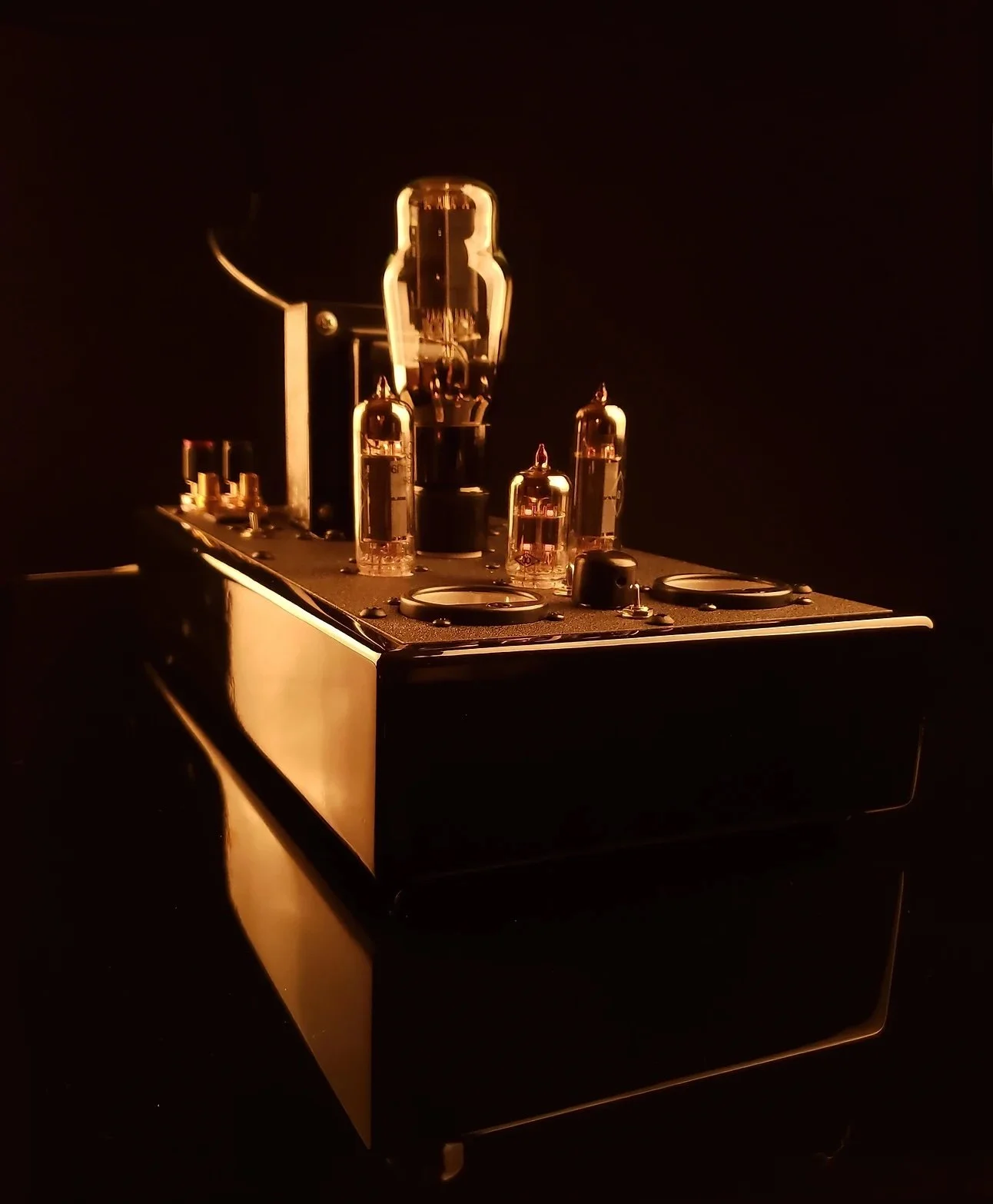Vol. 1 Review/Hindemith—William Steinberg & Boston Symphony Orchestra: The DG Recordings Original Source 3 LP Vinyl Box Set
I don’t like writing reviews with multiple subjects, music or gear. One at a time for me. Focus. Cable looms make things extra difficult for me, but for everything else, no matter the manufacturer's request, I break into individual reviews. Same for this important release from DG The Original Source; the long-awaited William Steinberg recorded canon with his Boston Symphony Orchestra and combined into a superbly executed three-LP boxed set. Steinberg’s was a short-lived music directorship (1969-72); it produced three very famous recordings on Deutsche Grammophon, now receiving the loving benediction of the Emil Berliner Studios. All analog remastering from the original four-track tapes, mixed down to two tracks and cut all analogue.
We have the Hindemith record (reviewed here), The Planets and Also Spruce Zarathustra (both reviews forthcoming).
The Hindemith record contains two masterpieces, one somewhat famous and one so good and not programmed very often that we need to shine a big light on it. First, Symphonie "Mathis der Maler" (1934) and on side 2 his commission for the Boston Symphony’s 50th Anniversary, the Konzertmusik für Streichorchester und Blechbläser Op. 50 (Concert Music for Strings and Brass).
Both works receive masterful performances by Steinberg and his orchestra. The Boston Symphony had a glorious era under Charles Munch (1949-62) followed by a slight lull under Erich Leinsdorf (1962-69) then a short starry mini era under the hugely underrated William Steinberg. These three famous records help cement Steinberg’s position among the greats. Primarily, the superb Hindemith recording (1972/Symphony Hall, Boston). The record was originally recorded by Günter Hermanns and produced by Thomas Mowrey
Hindemith wrote his symphony Mathis der Maler (Matthias the Painter, about Matthias Grünewald, German Renaissance painter (c.1470-1528)) in 1934 as a preamble to his opera of the same name (1938). The suggestion was by Wilhelm Furtwängler to be played on tour with his Berliner Philharmoniker. The music in the form of a “Symphony” worked perfectly and later was used as instrumental interludes (set changes, etc) for the opera.
For those of you not familiar with Paul Hindemith (1895-1963) or his works, he was a German composer, hounded like many “modern” composers of the time by the Nazis. He emigrated to the USA, where he had a long association with Yale University. Germany's Minister of Propaganda Joseph Goebbels called Hindemith a “degenerate” composer and an "atonal noisemaker". The Nazis banned his music in October 1936. “Atonal”? Nonsense. Fear not, Hindemith’s music is tonal and based for the most part on classical forms. As a music theorist and teacher, he was renowned for fugue and other conventional forms and for combining them expertly into his music. You won’t find two better Hindemith works as chosen by Steinberg for this seminal recording.
Hindemith was famous for promoting “Gebrauchsmusik”, works composed for utilitarian purposes for amateur musicians, students, and music societies, approachable music imbued with teaching moments. This style produced very high-quality music such as his wonderful sonatas for flute, trombone, tuba, trumpet and other solo instruments, Kleine Kammermusik, a delightful wind quintet, piano works and music for many chamber music combinations.
But as his fame grew, more commissions for large-scale orchestral and choral works were offered, the two works presented here are highlights of those commissions.
The symphony is in three movements:
“Engelkonzert” (Angelic Concert)
“Grablegung” (Entombment)
“Versuchung des heiligen Antonius” (The Temptation of Saint Anthony)
There are some fine recordings of Mathis in particular, but none as definitive as the Boston team accomplished. The ensemble is flawless throughout and even when things get fiendishly difficult in movement 3, “The Temptation of St Anthony”, with its introduction almost improvised, challenging note groupings, massive rubato and the need for a very tight ensemble, Steinberg and the band never miss a thing. Even the off-beat accompanying brass chords, usually sheepish, are crackerjack. What an orchestra!
Conductors are correct to fear this opening!
As for soloists, the woodwinds get to shine in movement 2, “Grablegung”. Gentle, arching melodies demanding great control. Steinberg builds the momentum to a typical Hindemith climax. The same for the triumphant “Alleluia” at the end of the symphony.
As far as the superb Konzertmusik für Streichorchester und Blechbläser, no orchestra knows this special work better. And their flawless performance here rises above all others.
It was a special work for my conducting professor and he scheduled it for performance (a real rarity in 1980). We in the woodwinds were dismissed after the first half of the rehearsal. I asked if I could stay as I loved the work so much from my time listening to this recording. He felt so chuffed that one of his students liked the work, and he invited me to conduct some of it. What a thrill.
It’s a tour de force for both brass and strings and Hindemith explores every sonority both sections can produce. It’s a beautiful, thrilling and exciting work.
The original recording was quite good, a lot better than other BSO/DG recordings of the time. It was not too blowsy and quite well controlled. However, Emil Berliner has given Hindemith's admirers a real gift. All the tremendous inner lines with the great man’s flawless counterpoint are so clear and help with the rhythmic emphasis in music that can get bogged down under its weight. Instrumental timbres are very accurate (Harold Wright, clarinet, Armando Ghitalla’s gleaming C trumpet, and the giant Vic Firth ever present on timpani). And the record is cut hot—be careful of your volume on side 2. Wow.
As an Emil Berliner bonus, the bass is the best I’ve heard on a DG OS—clean, tight, deep and tuneful. Knockout stuff! Very highly recommended.
Next week, Zarathustra.






